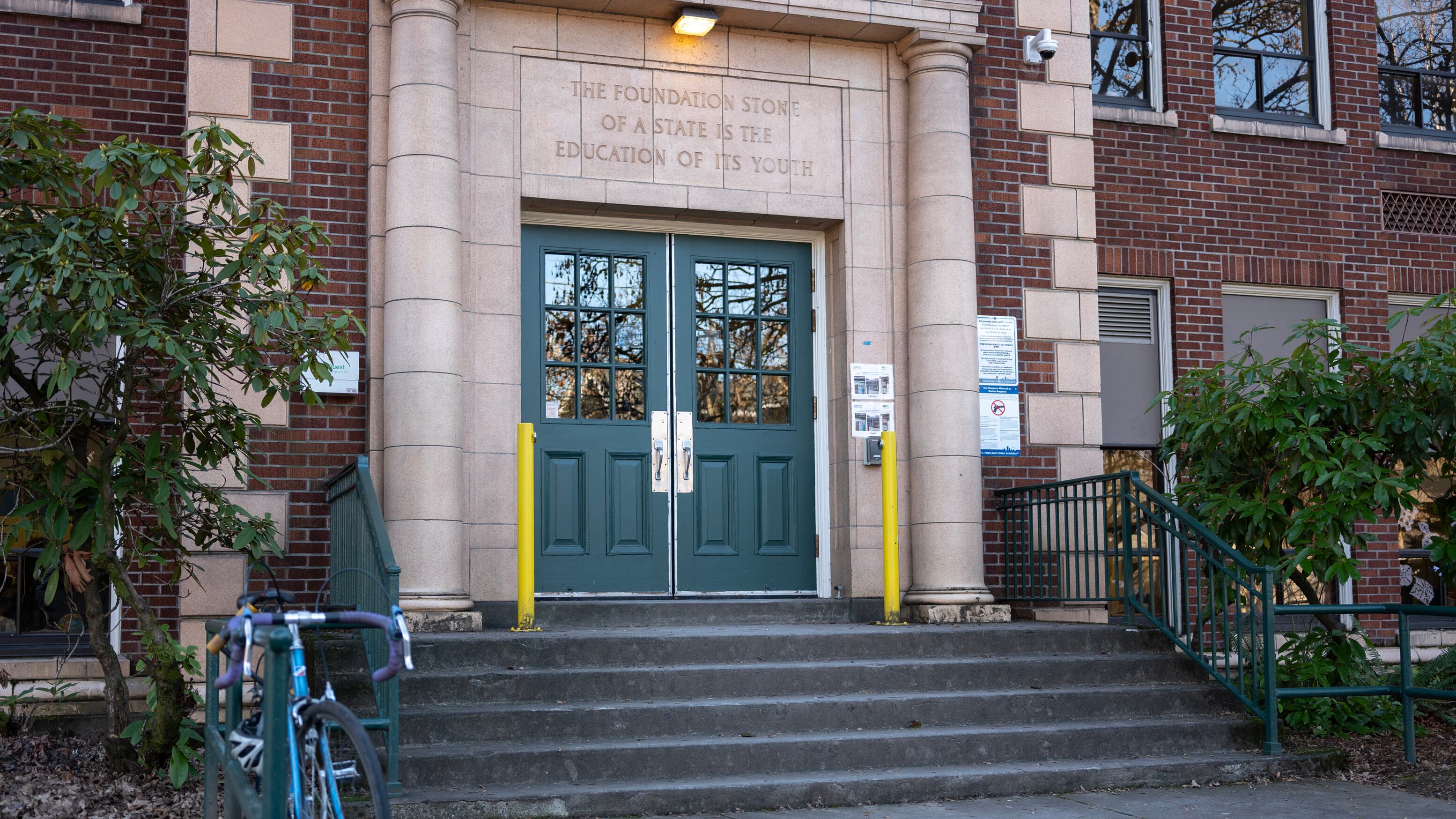The U.S. Department of Education, under the command of the Trump administration, blocked final installments March 28 of COVID-era federal aid to state education agencies, sending panic across some parts of the country.
The Elementary and Secondary School Emergency Relief program, first established in March 2020, sent billions across the U.S. Under the Biden administration, states were allowed to apply for extensions to fund previously approved projects until January 2026. But Trump administration officials yanked back the money.
As Politico reported in March, state governments may appeal to the department if they can demonstrate how the dollars would help patch pandemic learning shortfalls. Maryland is one such state: It will appeal $400 million of funding already committed to tutoring and curriculum. So will Kentucky, Mississippi and North Carolina.
Oregon students are among the nation’s slowest recoverers from COVID learning loss—a 30-state study by Harvard and Stanford universities in 2024 showed it was the only state where students weren’t making gains in reading or mathematics. But the Oregon Department of Education is not among the states filing appeals. In reaction to the news, they instead canceled the remaining projects they’d intended to fund with ESSER dollars.
What gives? Some education advocates think Oregon isn’t raising hell because the programs the state chose to spend money on aren’t meaningful to student outcomes.
“When I started looking at the actual projects [being cut], my gut reaction was, well, what benefit did these bring to the field anyway?” says Dr. Christine Pitts, an education policy expert.
Here’s what each side says:
WHAT THE DEPARTMENT SAYS: On April 1, the Oregon Department of Education announced it would have to scrap five instructional projects “earmarked to help teachers improve students’ literacy and math skills” because the federal government terminated $3.5 million of their extended ESSER funds.
In a breakdown sent to newsrooms April 4, the department presented specific figures. It comes out to about $1.5 million for a series of different instructional frameworks and the resources to accompany them, about $1.2 million for educator development opportunities, and another $745,000 toward communications and technical assistance.
ODE has already launched some frameworks. Spokesman Marc Siegel said 5,000 people have used the frameworks’ website with more than 20,000 engagements. (There are more than 31,000 educators statewide.)
“We were in the early stages of developing these resources in Oregon when the changes to congressionally appropriated funds were announced, so we do not yet have the data to adequately measure impacts in Oregon,” Siegel says. But giving teachers access to best practices, he adds, “has a significant positive impact on student learning outcomes.”
WHAT EDUCATION ADVOCATES SAY: Three education experts and advocates—no fans of Trump or his budgeting by chain saw—were still not impressed by ODE’s announcement or the argument that the projects were student centered.
“Saying that these $3.5 million that weren’t even going to services that would directly affect students such as tutoring, to say that this is going to get in the way of us addressing our literacy crisis, I think, is really dishonest,” says J. Schuberth, a literacy advocate with Oregon Kids Read.
Schuberth remains unconvinced most educators have meaningfully engaged with the frameworks. “Show me the proof,” they say. “Who used it? How did that help?”
For the $780,000 committed to the project, Schuberth says ODE could have instead helped 312 kids receive one-on-one reading support for an entire year. They say they’re frustrated Oregon did not spend on better, evidence-based practices.
Sara Kerr, vice president of education policy implementation for Results for America, a good-government nonprofit, says the feds gave little guidance on how states could spend ESSER dollars.
Some states invested successfully, says policy expert Pitts, who read every state plan. Alaska bolstered career technical education, Maryland provided individualized learning support, and Arkansas paid for science of reading teacher training.
Those investments, Kerr says, came from states who gave school districts stronger and more precise direction on spending, and she says they’ve seen some of those investments pay off. Kerr adds that frameworks, while helpful as a guide, mean very little without proper implementation and training. (ODE’s frameworks are all voluntary guides.)
“This may not be the worst thing,” Kerr says of the federal clawback. “We’ve got to focus on fewer things that matter most. These were not going to be the things that were going to move the needle anyway.”
